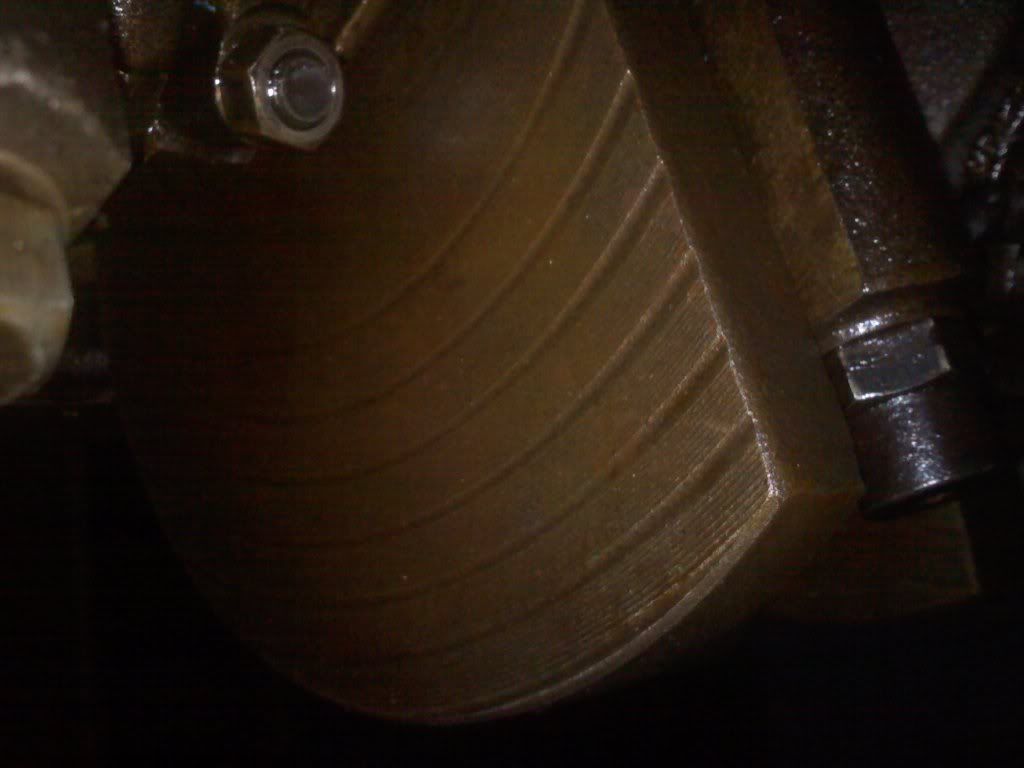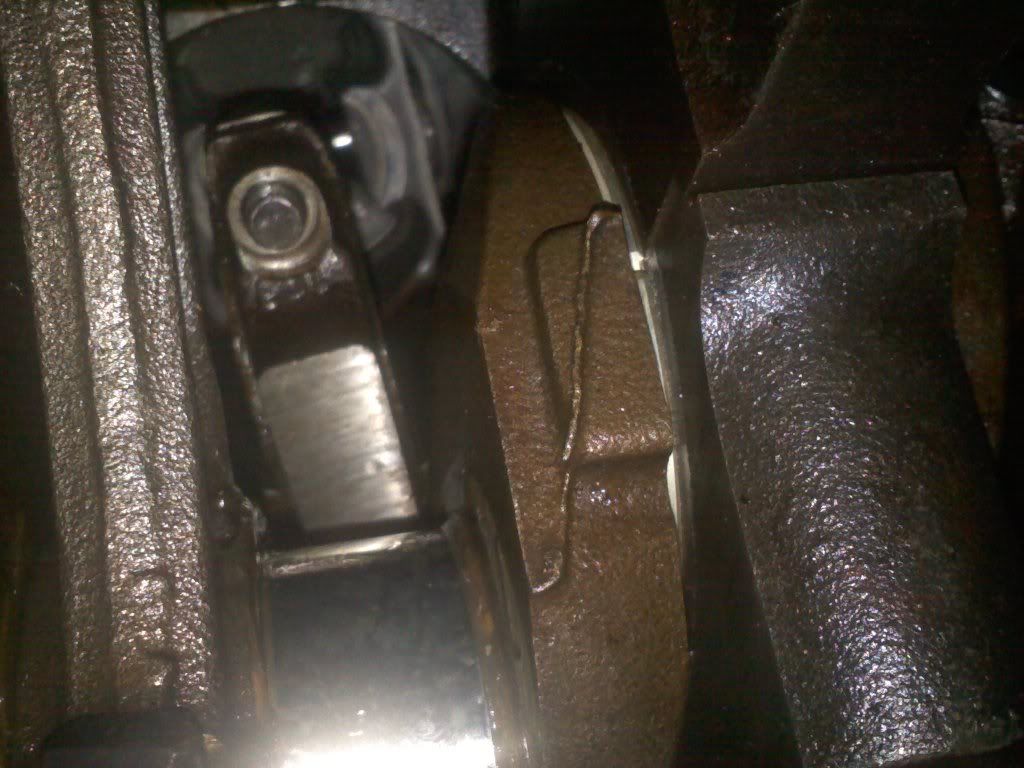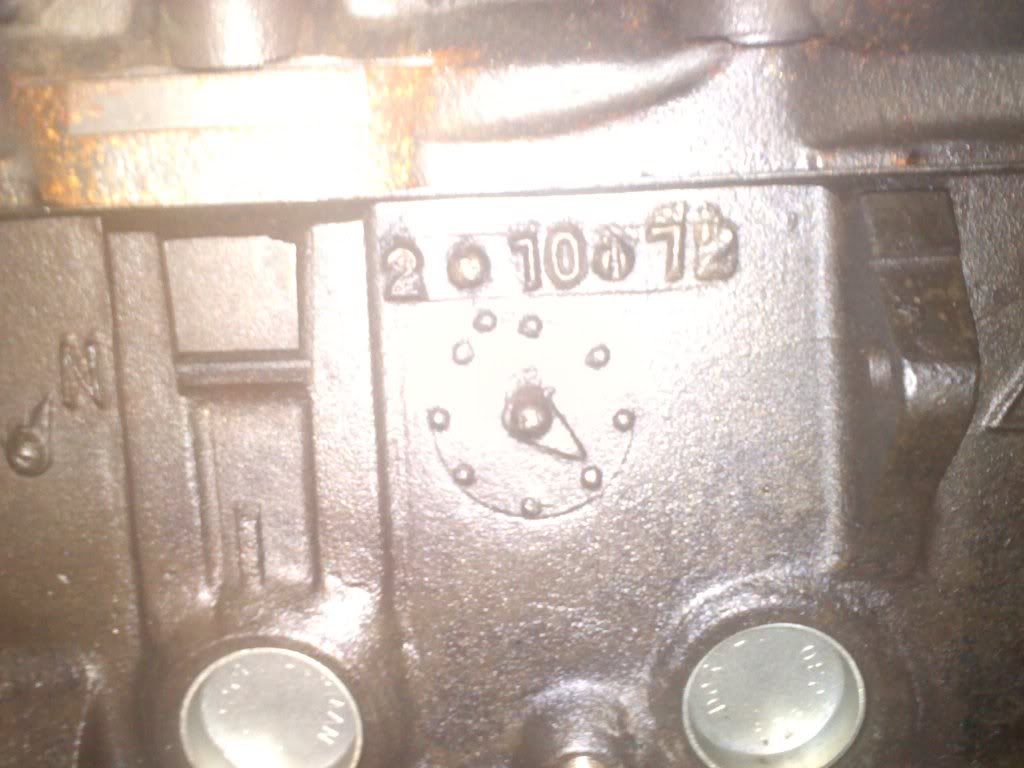the_fatman
Well-Known Member
- Joined
- Apr 21, 2009
- Messages
- 78
- Reaction score
- 0
so I have opened up the 340 and have a few questions. first off i measered the intake valve on my j heads it measures at 1.88 what kind of power can i expect out of the heads this way. I know you can put 2.02 valves in is it a noticable change in performance?
also where on the crank would I find a number to help me identify what it is. I am trying to find out what all parts are 340 and what parts are 360. so i know what parts to get if I need to replace anything. rod length would help as well if anyone knows what the stock rod length/s would be for a 340/360.
also where on the crank would I find a number to help me identify what it is. I am trying to find out what all parts are 340 and what parts are 360. so i know what parts to get if I need to replace anything. rod length would help as well if anyone knows what the stock rod length/s would be for a 340/360.



















